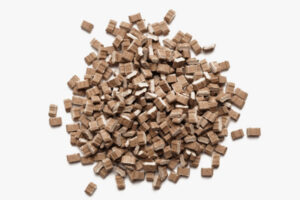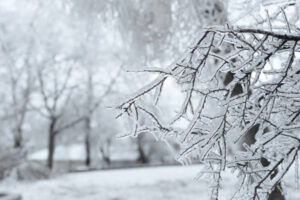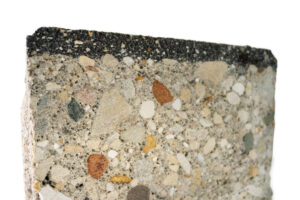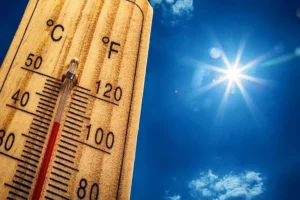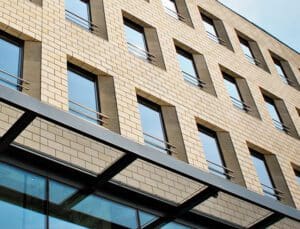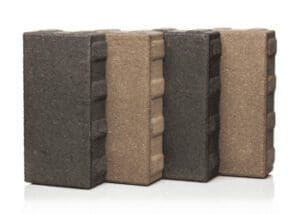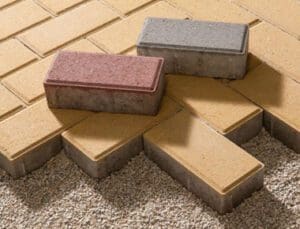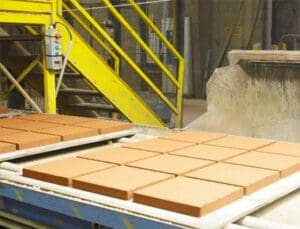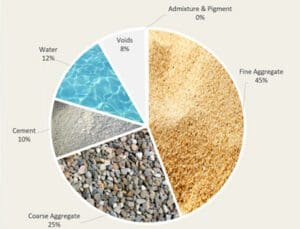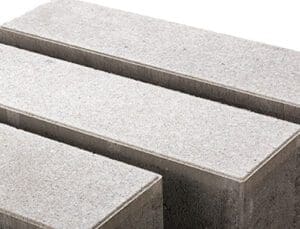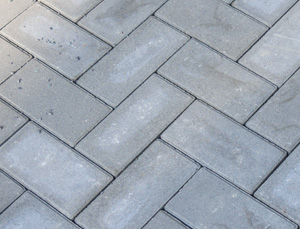Introduction to Dry Cast Concrete Pavers
We tend to think of public transportation as a modern invention – but the Romans used segmented paving stones for public highways that sped troops, trade goods, tax collectors and administrators that ran and funded the empire. Roman roads were paved with locally available stone materials, but the Romans knew and applied sound, common engineering […]
Read More